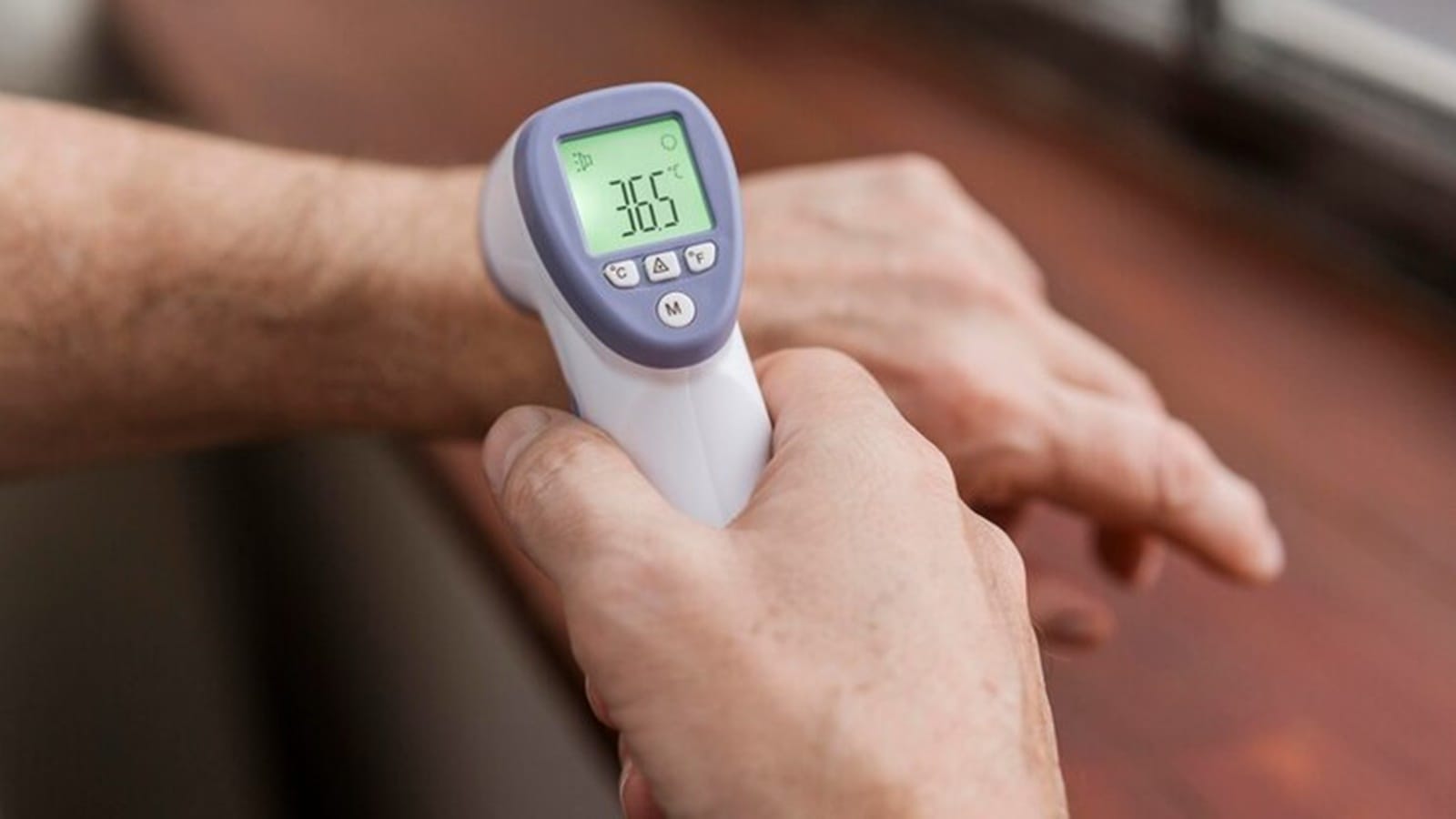A few drops of saliva can now reveal what used to require a scalpel, a syringe or a scan.
Scientists have developed ways to analyse spit for the tiniest traces of illness – from mouth cancer to diabetes, and even brain diseases like Alzheimer’s.
Unlike blood tests or biopsies, saliva is easy to collect, painless and inexpensive. During the COVID pandemic, some countries used saliva-based testing for rapid screening.
This isn’t entirely new. Scientists first noticed the diagnostic potential of spit decades ago. In the 1980s, researchers used saliva to detect hormones and drug use. By the 1990s, it was being explored as a way to detect HIV.
What’s new is the speed and precision. Today’s techniques can detect subtle molecular shifts that would have been impossible to measure just a few years ago.
 Here’s what to note (Photo: Freepik)
Here’s what to note (Photo: Freepik)
Saliva holds a surprising amount of information. It’s full of tiny fragments of DNA, RNA, proteins and fats – many of which change when disease takes hold. Researchers have already shown that saliva can be used to detect changes linked to diabetes, Parkinson’s, heart disease and some cancers.
A recent study even showed saliva could help distinguish between healthy people and those with mild cognitive impairment, a possible early sign of Alzheimer’s.
In dentistry, spit science is being studied for early signs of gum disease and even the risk of tooth decay.
Story continues below this ad
A light-based technique called Raman spectroscopy is one of the latest tools being used to scan saliva for hidden chemical changes. It works by bouncing harmless light off molecules in a spit sample and reading the pattern it sends back – a kind of fingerprint for what’s happening inside your body.
It sounds like science fiction, but the technology is already being used in labs to detect early signs of cancer and other diseases often before symptoms appear.
This could be a gamechanger for oral cancer, which often starts with small, painless changes inside the mouth that are easy to miss. Early detection is vital, but many people don’t realise they have a problem until it’s much harder to treat.
A simple spit test during a regular dental check-up could help find cancer early, before it spreads.
Story continues below this ad
It’s not just about cancer, either. Saliva is being trialled as a tool to monitor everything from stress levels to infections.
Simplicity
What makes saliva so appealing is its simplicity – no needles, no specialist clinics. Samples can often be collected at home, posted to a lab and analysed within hours. This could make a huge difference in places with limited access to healthcare or for people who avoid doctors out of fear, cost or time.
Of course, not every disease leaves a clear marker in spit and researchers are still working out which conditions saliva can reliably detect. But the idea of using what’s already naturally produced by the body to give an early warning is a powerful one. It could help catch disease when it’s most treatable, save lives and make healthcare faster, cheaper and more comfortable for everyone.
There’s still work to be done before spit tests become part of routine check-ups. Larger clinical trials are needed and researchers are still fine tuning the best ways to analyse and interpret the data. But the direction of travel is clear: the days of saliva being seen as just drool are over.
Story continues below this ad
Saliva may not seem glamorous, but thanks to the rise of spit science, it’s fast becoming one of the most promising tools in the fight against disease. A future where your dentist, doctor, or even you could spot health problems early with nothing more than simple spit.



